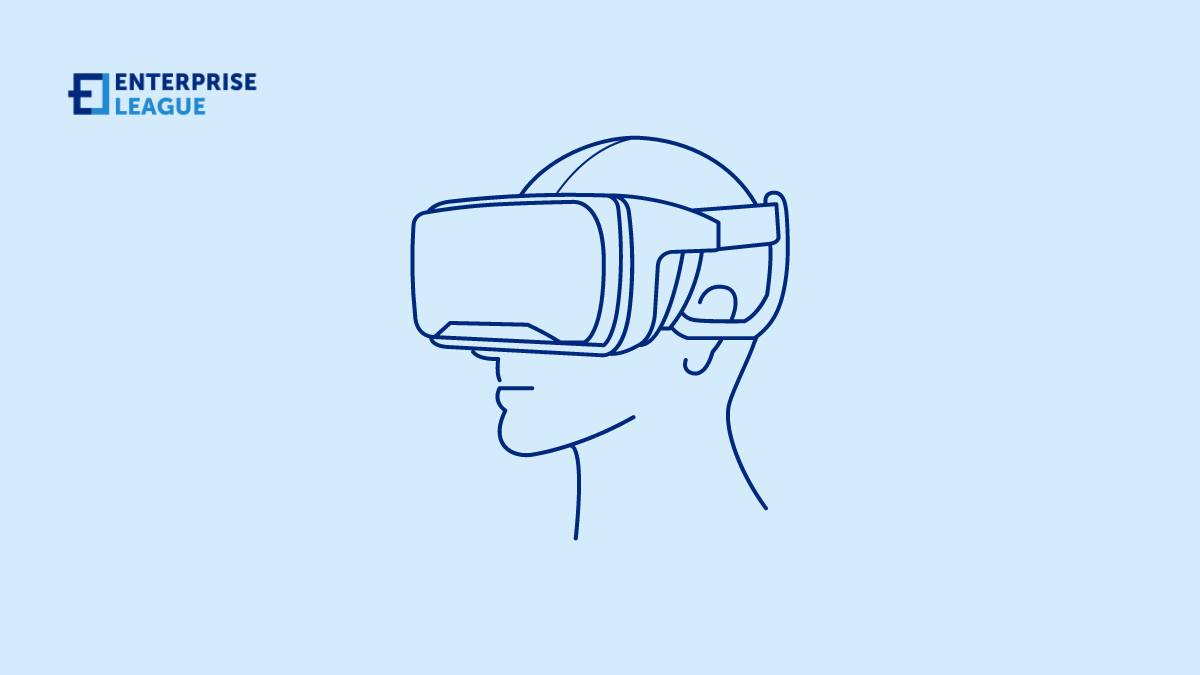Virtual Reality (VR) has gained popularity in recent times, transforming industries such as gaming, education, and training. With the increasing adoption of VR technology, businesses are seeking methods to create products that deliver a captivating experience. In this post, we will delve into strategies and factors to consider when developing VR products that evoke a sense of presence for users.
Understanding presence
Presence entails the sensation of being fully present within an environment. It involves crafting an experience that engrosses users completely, allowing them to disconnect from reality. To optimize VR product design for presence, developers must focus on three aspects:
Immersion
Immersion revolves around constructing believable worlds that captivate users’ attention immediately upon wearing their headsets. Techniques like graphics, 3D audio, and haptic feedback are employed to heighten immersion levels. By minimizing distractions, users can immerse themselves entirely in the setting.
Interactivity
Interactivity plays a role in sustaining presence throughout the VR journey. Users should have control over their actions and feel actively involved than passive observers. Creating user controls and interfaces that respond promptly enhances the interaction between users and elements in the virtual realm.
User comfort
Ensuring user comfort is key to maintaining immersion in reality. Designed VR technology can lead to motion sickness or discomfort. Minimizing delays between user actions and system responses is essential to prevent issues like discomfort or nausea caused by lag.
Strategies for VR product development
Conduct user research
Before diving into VR product development, it’s crucial to understand your target audience’s preferences and expectations. Gathering insights through surveys, interviews, or usability tests helps in shaping a VR experience that meets users’ needs.
Start small
Initiating projects on a scale allows for testing and refinement of design choices. Early feedback from users helps developers make adjustments for a VR experience.
Enhance graphics
High-quality graphics play a key role in creating a presence in VR environments. Optimizing textures, shading, and lighting enhances the appeal of the surroundings, contributing to an immersive experience.
Create captivating environments
Crafting environments is essential for engaging users. Paying attention to details can significantly boost immersion levels and hold users’ interest. To enhance user engagement in the tech world, consider adding elements, ambient sounds, and interactive objects.
Focus on performance
The smooth running of a VR experience relies heavily on performance optimization planning. Ensure that the VR app operates seamlessly on hardware setups by optimizing it for frame rates and reducing latency issues.
User-friendly interaction design
Developers should prioritize creating interaction designs that feel intuitive, allowing users to interact naturally with the environment or characters without needing tutorials or explanations.
Offer user feedback
Providing clear feedback is essential for keeping users engaged and creating a sense of presence. Visual cues, vocal cues (like sound), or haptic feedback all contribute to making the experience more immersive.
Listen to user feedback
Continuously engage with users after each release to gather feedback for enhancements and incorporate their suggestions into development cycles.
Integrate social interaction
Adding interaction to VR experiences can heighten users’ feeling of presence. Whether through multiplayer features or virtual meeting spaces, enabling users to connect and interact with others enhances the sense of being part of a shared world. Creating features like voice chat or avatars that mirror users’ body language and gestures can encourage interaction and a deeper feeling of being engaged.
Continuous testing and refinement
Continuous testing and refinement play a crucial role in the development of VR products. Collecting feedback from users, analyzing data, and continuously making enhancements will greatly improve the sense of presence. Trying out prototype versions can help pinpoint issues, enhance usability, and uncover opportunities for engaging experiences. By incorporating user-focused design principles and conducting testing sessions, you ensure that users’ needs are addressed effectively while maintaining a sense of presence.
Conclusion
Designing VR products that evoke a feeling of presence is crucial for crafting experiences that resonate emotionally with users. Prioritizing immersion, interactivity, and user comfort along with utilizing strategies in VR product development such as optimizing visuals, creating captivating environments focusing on performance, intuitive design for interactions, offering feedback to users during experience creation, and learning from their input will elevate the quality of your VR products toward success in this ever-evolving industry.
More must-read stories from Enterprise League:
- Debunking the most common myths of entrepreneurship.
- Innovative customer appreciation ideas for small businesses.
- Profitable online education business ideas that you should be aware of.
- B2B payment solutions that can help you transform your business.
- Pros and cons of social media for business you should be aware of.
Related Articles
14 unique business ideas with drones that guarantee a profit (2024)
If you are one of those that loves tech gadgets, we’ve made a list of 14 business ideas with drones that will inspire you to start a business in this field.
How mortgage workflow automation enhances loan officer efficiency
Embracing automation and its transformative impact allows loan officers to prioritize developing connections with borrowers and enhancing customer satisfaction.
26 best electrical equipment companies in 2024
Electrical equipment companies, in general, are companies working with products that produce, distribute, or use electrical energy.
14 unique business ideas with drones that guarantee a profit (2024)
If you are one of those that loves tech gadgets, we’ve made a list of 14 business ideas with drones that will inspire you to start a business in this field.
How mortgage workflow automation enhances loan officer efficiency
Embracing automation and its transformative impact allows loan officers to prioritize developing connections with borrowers and enhancing customer satisfaction.






